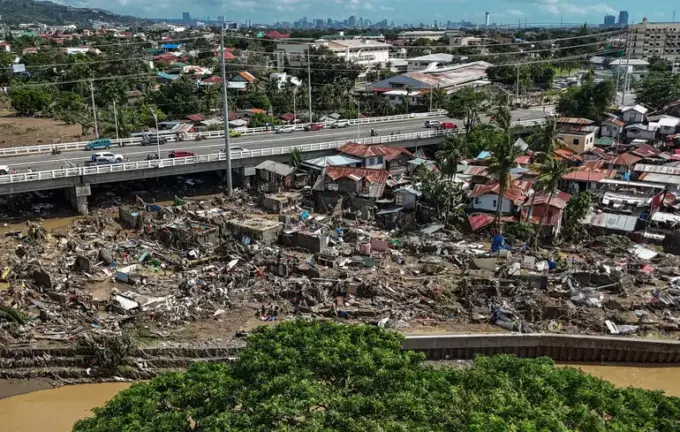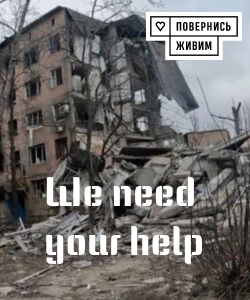Catastrophic Typhoon Kalmagi: Dozens of Victims and Massive Destruction in the Philippines

The powerful and destructive Typhoon Kalmagi recently swept through the Philippine territory, causing widespread disasters and loss of life.
According to official reports, at least 66 people have died as a result of the storm, with 26 more missing.
Meteorological authorities report that the hurricane moved from the western province of Palawan into the South China Sea, accompanied by strong winds reaching 130 km/h with gusts up to 180 km/h, further amplifying its destructive power.
The consequences of this natural disaster include extensive flooding, inundation of residential districts, and infrastructure destruction.
Many local residents had to seek shelter on rooftops, desperately calling for help.
Floodwaters destroyed dozens of cars and washed away entire settlements.
Additionally, six individuals lost their lives in a helicopter crash involving the Philippine Air Force, which was transporting humanitarian aid to affected regions.
In central provinces, especially Cebu, mortality rates were the highest: officials report widespread flooding of neighborhoods, forcing residents to climb onto rooftops and scream for rescue.
Furthermore, in the southern province, a tragic death occurred when a person drowned in floodwaters after the typhoon made landfall, and in Bohol, a fallen tree caused another fatality.
Authorities state that over 387,000 residents have been evacuated to safer areas in eastern and central provinces to avoid danger from the storm.
Forecasters warned of heavy rain, destructive winds, and storm surges up to three meters high before Kalmagi’s approach.
An emergency declaration has been made in Cebu Province, enabling authorities to expedite the distribution of emergency funds to cope with the disaster aftermath.
Reports also indicate other fatalities in Southern Leyte Province, where a resident drowned, and in Bohol, where a fallen tree caused death.
Rescue operations are ongoing around the clock, with efforts focused on saving people from flooded zones.
Temporary shelters and humanitarian aid have been organized for those displaced.
This disaster has become one of the most significant natural calamities in recent years for the country, which already has experience dealing with similar events.
Earlier, the Philippines was shaken by a strong earthquake magnitude 6.9, causing infrastructure damage and casualties, but the new typhoon underscores the necessity of preparedness and rapid response in facing natural disasters.

